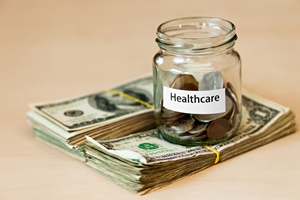
Health care premiums among plans facilitated through the exchanges have the potential to increase by double-digits in some parts of the country, according to new analysis from Avalere Health.
Thanks to a good mix of marketplace enrollees of various age groups, widespread premium increases are not anticipated, based on the strategic advisory services firm's analysis. However, there are markets where higher costs are expected.
"Secular increases in the cost of medical care and in utilization of services and new medical technology make it likely that exchange plans will need to increase their prices," said Caroline Pearson, Avalere Health vice president. "While the exchange markets are likely to remain competitive, and the demographic mix of enrollees has been within tolerance limits, these factors will not compensate for increases in costs in health markets. Premium increases will vary geographically, and will depend in part on the competitiveness of provider markets."
Much of this will depend on the state and overall age distribution of enrollees. Avalere noted that in Washington, D.C., approximately 45 percent of sign-ups through the marketplace are between 18 and 34 years of age. In West Virginia, however, 18- to 34-year-olds represent less than 19 percent of enrollments.
In order for the exchanges to work, experts have pointed out that there needs to be a large number of young individuals – who tend to be healthy – paying into the system. This helps offset the cost of seniors, who tend to need medical services more frequently due to age-related decline.
Last year, the Society of Actuaries predicted that premiums in the individuals health care market could rise by 32 percent by 2017. Kristi Bohn, consulting health staff fellow at SOA, also noted that the law would help reduce the number of people who are insured.
Whether through employee benefits or private purchases, the uninsured rate has consistently declined in 2014, according to the latest polling data from Gallup.





